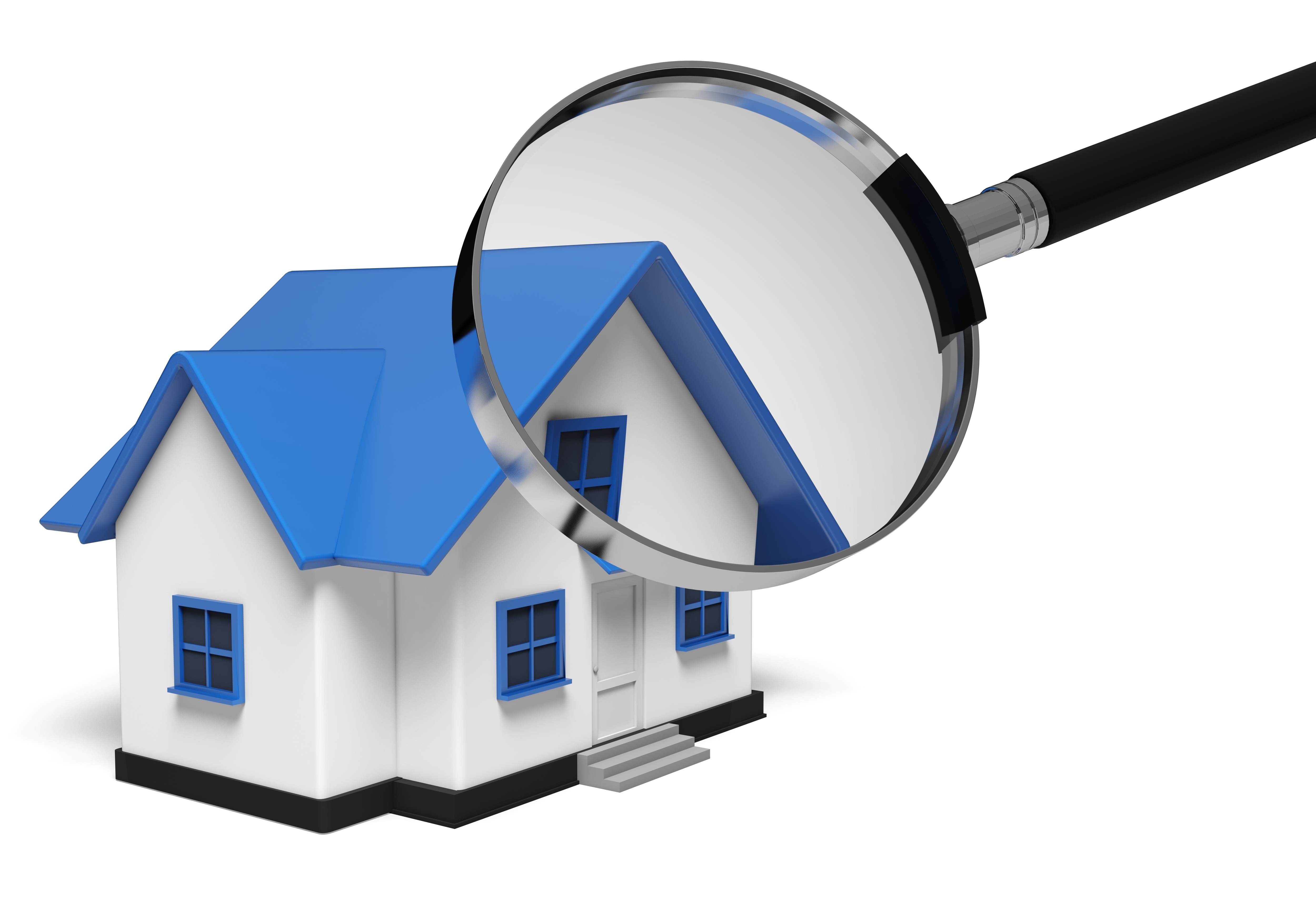
What Goes Into an Appraisal?Purchasing a house can be the most significant financial decision most will ever consider. Whether it's where you raise your family, a seasonal vacation home or one of many rentals, purchasing real property is a detailed financial transaction that requires multiple people working in concert to see it through. Practically all the participants are very familiar. The real estate agent is the most recognizable entity in the exchange. Then, the bank provides the financial capital required to finance the exchange. The title company sees to it that all requirements of the sale are completed and that a clear title transfers from the seller to the buyer. So, what party makes sure the property is worth the amount being paid? This is where you meet the appraiser. We provide an unbiased estimate of what a buyer might expect to pay — or a seller receive — for a property, where both buyer and seller are informed parties. A licensed, certified, professional appraiser from High Country Appraisal Services will ensure, you as an interested party, are informed. Appraisals start with the inspectionOur first responsibility at High Country Appraisal Services is to inspect the property to determine its true status. We must see aspects of the property first hand, such as the number of bedrooms and bathrooms, the location, amenities, etc., to ensure they really are present and are in the condition a typical person would expect them to be. The inspection often includes a sketch of the property, ensuring the square footage is proper and conveying the layout of the property. Most importantly, the appraiser identifies any obvious features - or defects - that would have an impact on the value of the property. Once the site has been inspected, an appraiser uses two or three approaches to determining the value of the property: sales comparison and, in the case of a rental property, an income approach. 
Cost ApproachThis is where we gather information on local building costs, the cost of labor and other elements to derive how much it would cost to replace the property being appraised. This value commonly sets the upper limit on what a property would sell for. The cost approach is also the least used method. 
Sales ComparisonAppraisers get to know the communities in which they work. They innately understand the value of specific features to the people of that area. Then, the appraiser researches recent transactions in close proximity to the subject and finds properties which are 'comparable' to the real estate at hand. Using knowledge of the value of certain items such as fireplaces, room layout, appliance upgrades, extra bathrooms or bedrooms, or quality of construction, we add or subtract from each comparable's sales price so that they are more accurately in line with the features of subject.
After all differences have been accounted for, the appraiser reconciles the adjusted sales prices of all the comps and then derives an opinion of what the subject could sell for. When it comes to associating a value with features of homes in Canon City and Fremont, High Country Appraisal Services is second to none. The sales comparison approach to value is commonly given the most consideration when an appraisal is for a real estate sale. Valuation Using the Income ApproachIn the case of income producing properties - rental houses for example - we may use a third approach to value. In this situation, the amount of income the property generates is factored in with other rents in the area for comparable properties to derive the current value. Arriving at a Value ConclusionCombining information from all approaches, the appraiser is then ready to stipulate an estimated market value for the property in question. It is important to note that while this amount is probably the strongest indication of what a property is worth, it may not be the final sales price. Depending on the specific circumstances of the buyer or seller, their level of urgency or a buyer's desire for that exact property, the closing price of a home can always be driven up or down.Regardless, the appraised value is typically used as a guideline for lenders who don't want to loan a buyer more money than they could get back in the event they had to sell the property again. It all comes down to this, an appraiser from High Country Appraisal Services will guarantee you get the most accurate property value, so you can make profitable real estate decisions. |